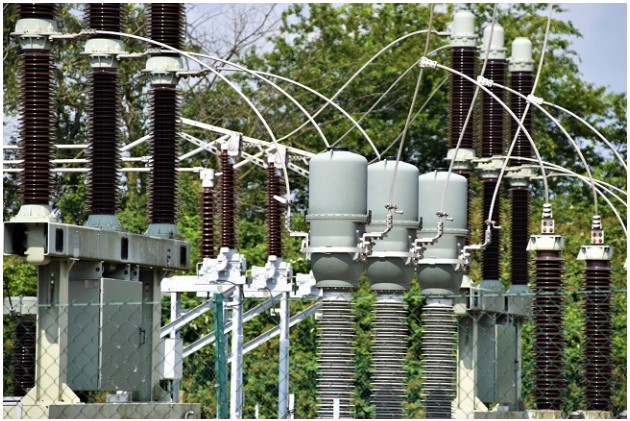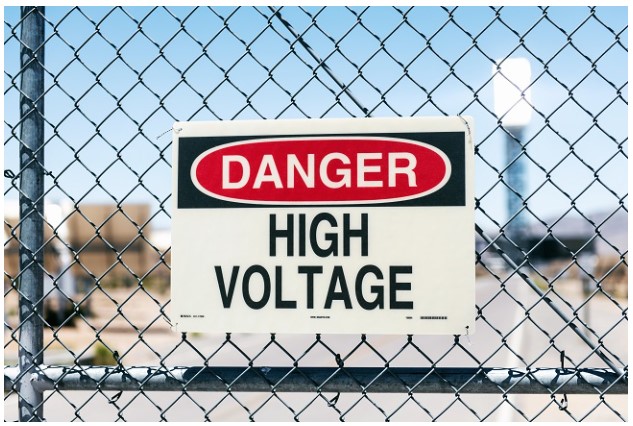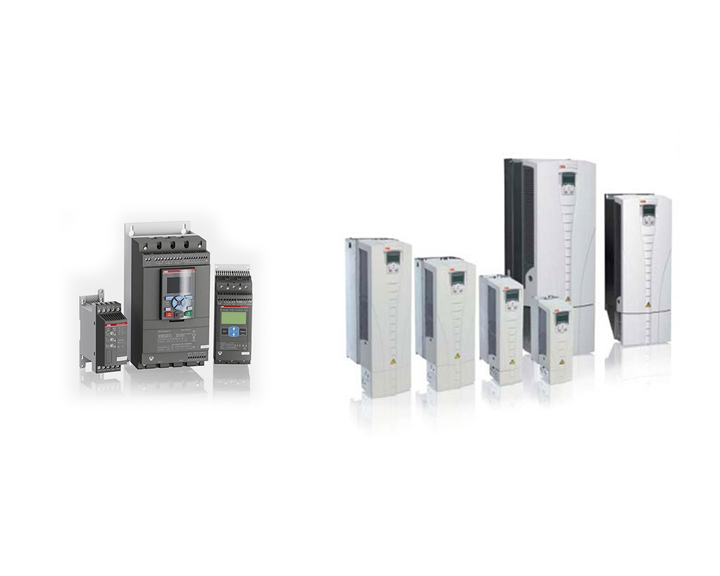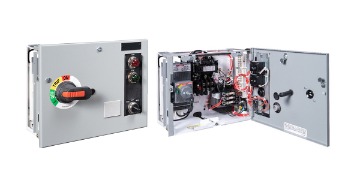The Difference Between High Voltage and Low Voltage
When it comes to electricity, there are two types: high voltage and low voltage.
Both have unique purposes and forms of electricity, but they have different applications. For example, high voltage is excellent for powering large devices, while low voltage is better suited for smaller ones. This is one of the key differences between high and low voltage.
In this guide, we’ll break down the pros and cons of each type of electricity and help you learn more about it.
First, what is high voltage?
High voltage is a form of electricity with higher potential energy than low voltage.
It's typically used to power large devices, like industrial machinery or street lights. The downside of high voltage is that it can be dangerous if not handled correctly. That's why it's crucial to have proper safety measures in place if you're working with high voltage. High voltage is also more expensive to produce than low voltage.
Second, what is low voltage?
Low voltage is a form of electricity with lower potential energy than high voltage.
It typically powers smaller devices, like electronic devices or appliances. The upside of low voltage is that it's less dangerous than high voltage. However, the downside is that it can't power large devices as effectively as high voltage.
What are the main differences between high and low voltage?
Let’s explore more of the differences between high and low voltage so you can decide which type of electricity is best for your application.
High voltage is the way to go if you need to power large devices. But if you're only powering small devices, low voltage is required. Here are the main differences between the two:
Voltage Ranges
We all know that electricity can be dangerous– even low voltage.
Low voltage ranges from 0 to 50 volts, while high voltage ranges from 1,000 to 500,000 volts. That's a big difference! And it's important to know which type of electricity you're dealing with because they can both be dangerous in different ways. For example, low voltage is more likely to cause shocks, while high voltage can cause severe burns.
So if you're ever working with electricity, make sure you know the voltage range before starting!
Applications
Low and high voltage are used in a variety of industries.
For example, low voltage is often used in automotive, marine, and aircraft applications. It can also be used in telecommunications, audio/video, security systems, and household appliances, such as hairdryers and vacuum cleaners.
High voltage is used in power generation, transmission, and distribution applications. In addition, it can be used in electrical equipment, such as motors, generators, transformers, and medical applications, such as X-ray and MRI machines.
Safety measures
Because high voltage can be dangerous, it's essential to have proper safety measures in place if you're working with it.
Low and high voltage refers to the intensity at which electricity is sent through wires. Low voltage is less likely to cause damage or injury, while high voltage is more dangerous. While low voltage is generally safe, some safety measures should still be taken.
For example, when working with low voltage electrical wires, it is vital to ensure they are not damaged or exposed. High voltage electrical wires are even more dangerous; therefore, extra care must be taken when working with them. In addition to ensuring they are not damaged or exposed, it is essential to wear protective clothing and avoid coming into contact with them.
Cost
High voltage is more expensive to produce than low voltage.
But the cost of low- and high-voltage cables can vary depending on the length and thickness of the cable. Low voltage cables are typically less expensive than high voltage cables, but they can't carry as much power. High voltage cables are usually more expensive and have much more energy. The cost of installation can also vary depending on the type of cable.
Low voltage cables are typically easier to install than high voltage cables and therefore cost less.
Hazards and Arcs
When working with electricity, it's essential to be aware of the hazards that can exist.
For example, low voltage systems are typically considered safe, but they can still pose a shock risk if not handled properly. On the other hand, high voltage systems can be much more dangerous and should always be treated with extreme caution. High voltage can cause hazards and arcs if not handled correctly.
Arcing is a hazard that can occur when electrical current jumps from one conductor to another. This can happen due to gaps in the electrical path or when the voltage is too high for the system.
Arcing can cause fires and explosions, so it's essential to be aware of the potential dangers.
Cables and Equipment
There are two main electrical cables and equipment types: low and high voltage.
Low voltage cables and equipment are typically used for smaller electronic devices, such as phones and laptops. They are designed to carry a low current, which means they pose less of a risk of electrical shock.
High voltage cables and equipment, on the other hand, are typically used for large electronic devices, such as industrial machinery. They are designed to carry a high current, which poses a greater risk of electrical shock. However, high voltage cables and equipment are also more efficient at carrying electrical power long distances.
Where are high and low voltage used?
Now that you know the difference between high voltage and low voltage, let's look at where each type of electricity is used.
High Voltage
High voltage is usually used in industrial settings or for powering large devices. It can be found in:
- Power plants
- Substations
- Factories
- Large motors
- Street lights
Low Voltage
Low voltage is typically used in electronic devices or appliances. It can be found in:
- Computers
- Televisions
- Cell phones
- Tablets
But, which one should you use?
The type of electricity you should use depends on your needs.
High voltage is the way to go if you need to power large devices. But if you're only powering small devices, then low voltage may be a better option.
Regarding safety, low voltage is less dangerous than high voltage. However, both types of electricity can be hazardous if not handled correctly. That's why it's essential to have proper safety measures in place regardless of which type you're using.
High voltage is more expensive to produce than low voltage. So if cost is a factor, then low voltage may be the better choice.
To sum it up, here are the main differences between high voltage and low voltage:
- High voltage has higher potential energy than low voltage.
- Low voltage has lower potential energy than high voltage.
- High voltage is typically used to power large devices, while low voltage is usually used to power smaller devices.
- High voltage can be dangerous if not handled correctly, while low voltage is less dangerous.
- Finally, high voltage is more expensive to produce than low voltage.
Conclusion
Now that you know the difference between high and low voltage, you can decide which is best for your needs.
High voltage is the way to go if you need to power large devices. But if you're only powering small devices, then low voltage may be a better option. Just remember always to take proper safety precautions when working with electricity.






